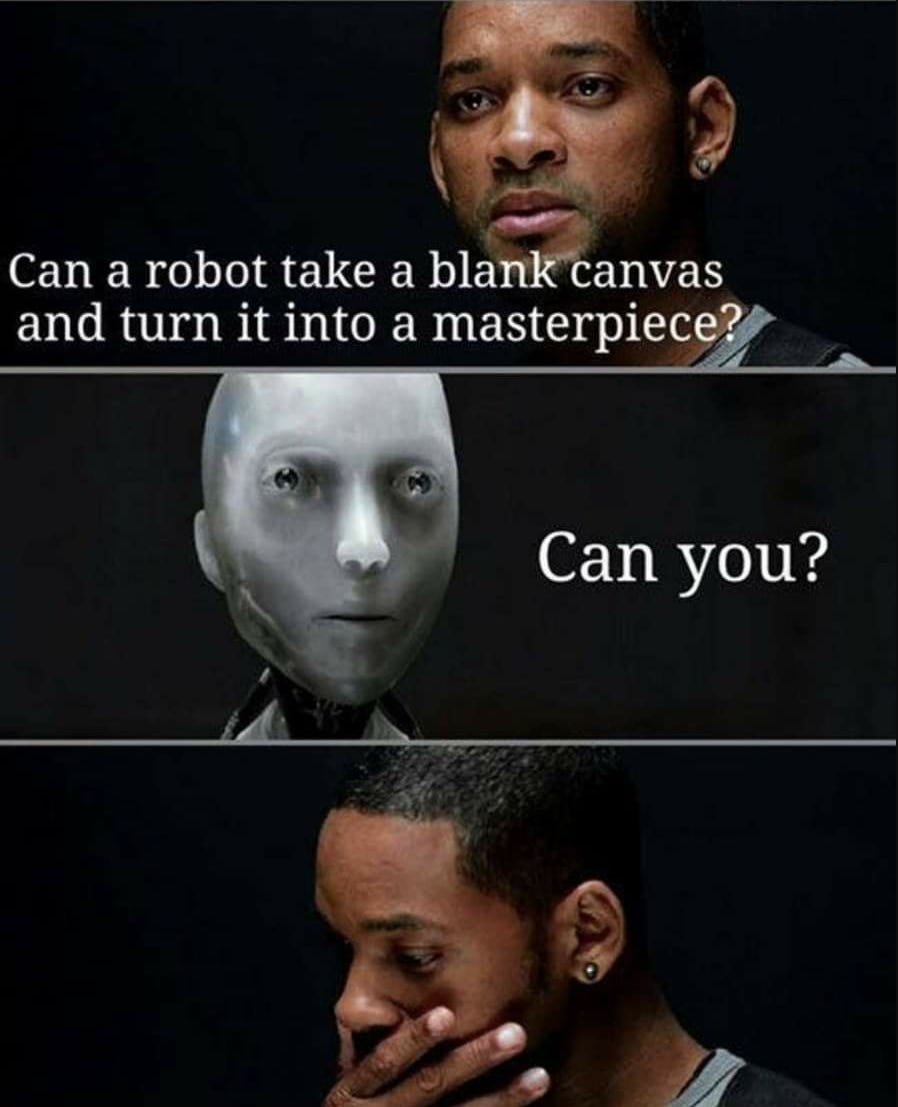Season's greetings, future-shapers! What a year it's been, and 2025 is already yelling "You've seen nothing yet!". From AI models that fit in your pocket to plug-and-play script to movie generators, the innovations ahead feel almost surreal. Hope to leave you in the passing year with some intriguing thoughts on AI and creativity to spice up your conversation at the dinner table.
Best wishes from the Handshake Team!
Our ambivalence toward AI hallucinations - seeing them as flaws in one context, a feature in another - points to our deeper tension with machine creativity. While we celebrate when models become more predictable and controlled, the "errors" we iron out are in fact moments when the model ventures beyond their training data into genuine creative territory. Figuring out when this is a good thing or not is a question more philosophical than we would like to think.
During training, AI models first internalize patterns from their training data by creating a multidimensional map of concept relationships. When generating, the models are making probabilistic jumps between related ideas on this map. Sometimes these jumps lead to familiar combinations, but occasionally they create bridges between previously unconnected ideas. These leaps could result in a sixth finger on an image in one context, new discovery in protein folding in another.
The creative process in both art and science emerges from an exchange between the creator and their medium. When an artist puts brush to paper, the way pigments bloom and blend contributes to the creative process. The medium pushes back, suggesting new possibilities the artist hadn't imagined. Scientists experience similar surprises when experiments yield unforeseen results, pushing research in new directions. What makes generative AI revolutionary is that it offers a creative medium whose resistance can be precisely calibrated. We can mathematically control how much the AI "pushes back" against our intentions. The problem is that we never had to ask ourselves how much push back is desired, so we are at a loss for an answer.
Every field has its own optimal levels of predictability and surprise. When developing AI tools, we have access to controls to tune this balance: toggles like the "temperature" determine how wild the model's choices get, while values like the "seed" anchor the model's creative wandering to a specific starting point. We have the means to affix creativity levels to a particular magnitude, but discovering what magnitude you need in your application is a journey in itself. At Handshake, we have to perform extensive interviews and discovery on our client's methodology to figure out these measures. It's one of the most time-consuming elements of the work we do when developing new AI applications.
As we decode AI's inner workings, we're uncovering the mathematics of discovery itself - principles that govern how new ideas emerge from structured randomness. This shift in perspective suggests that the most powerful creative tools of the future won't be either human or machine, but hybrid systems that combine human intuition with AI's ability to navigate vast spaces of possibility. We're moving toward a future where creativity itself becomes a collaborative endeavor between human and machine intelligence, each amplifying the other's strengths.




